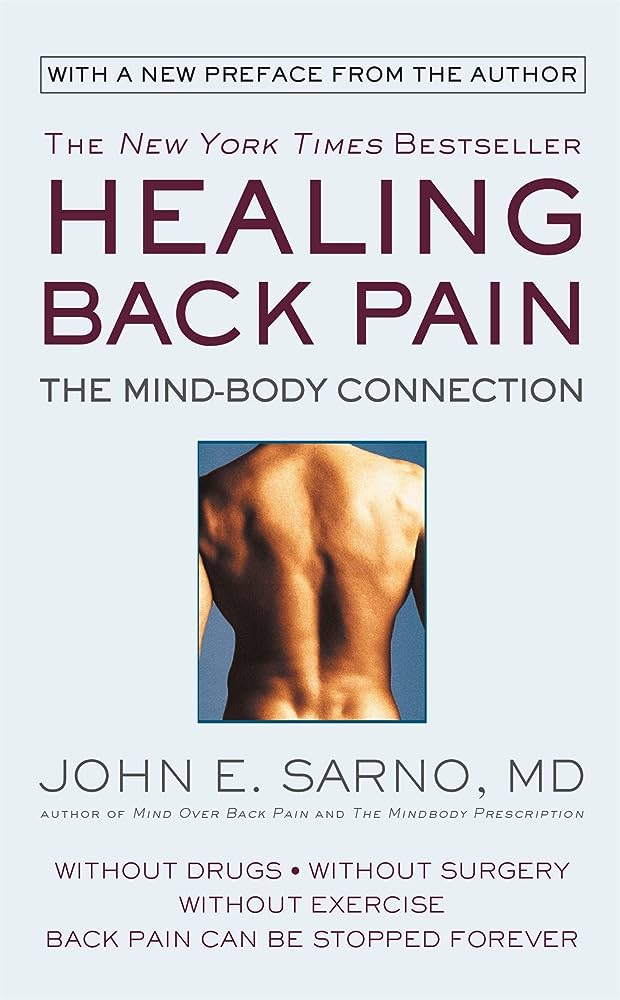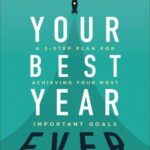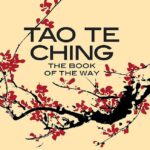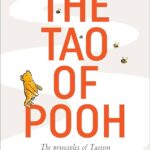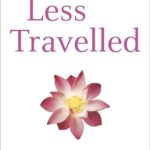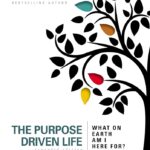Welcome to Thinkers Books, a space dedicated to exploring the world’s most thought-provoking literature. Today, we delve into a transformative book that has revolutionised our understanding of health and wellness – ‘Healing Back Pain’ by Dr. John E. Sarno.
Dr. Sarno was a pioneering New York University School of Medicine physician. His life’s work revolved around understanding the link between the mind and body, a connection he believed held the key to many chronic pain conditions. His groundbreaking book, ‘Healing Back Pain,’ offers insightful theories and practical solutions for overcoming chronic pain.
‘Healing Back Pain’ explores the concept that physical health is intrinsically tied to mental and emotional well-being. Dr. Sarno argues that many cases of chronic pain are psychosomatic, resulting not from physical abnormalities but from repressed emotions and stress. The book is divided into two parts: the first part explains the theory behind Dr. Sarno’s approach, known as Tension Myoneural Syndrome (TMS), and the second part outlines a roadmap for recovery.
Dr. Sarno provides practical techniques to identify and confront repressed emotions, such as journaling, meditation, and cognitive behavioural therapy. He emphasises that acknowledging the psychological origin of the pain is essential for recovery, as this realisation alone can often lead to significant relief.
Here are my top five takeaways from ‘Healing Back Pain’:
- The Mind-Body Connection: Dr. Sarno challenges conventional medical wisdom by proposing that the mind can cause physical pain. His Tension Myoneural Syndrome (TMS) theory suggests that repressed emotions, particularly those of anger and anxiety, can manifest as physical symptoms, including chronic back pain. This underscores the significant influence of our mental and emotional states on our physical health.
- Acknowledgement of Psychological Causes: According to Dr Sarno, acknowledging that our pain may have a psychological cause is a significant step towards recovery. He asserts that many patients experience relief simply by understanding that their physical symptoms might result from repressed emotions. This acceptance helps shift the focus from the physical to the psychological, opening up new avenues for treatment.
- Confronting Repressed Emotions: Unearthing and confronting repressed emotions is at the heart of Dr. Sarno’s approach. He recommends techniques such as journaling to help individuals bring these hidden emotions to their conscious awareness. By recognising and addressing these emotions, we can alleviate their physical manifestations.
- Importance of Mindfulness: Dr. Sarno highlights the role of mindfulness in preventing the build-up of repressed emotions. Regular meditation can cultivate an awareness of our emotional state, helping us identify and address negative feelings before they manifest as physical symptoms. This proactive approach can significantly reduce the incidence of psychosomatic pain.
- Recovery is Possible: Perhaps the most empowering takeaway from ‘Healing Back Pain’ is that recovery from chronic pain is achievable. Dr. Sarno reassures readers they can overcome their discomfort with the right mindset and tools – acceptance, confrontation of emotions, and mindfulness. This message of hope is a testament to the resilience of the human mind and body.
Each point offers a fresh perspective on chronic pain, emphasising the importance of considering physical and psychological health aspects. Integrating these lessons into our lives may unlock the key to a life free from chronic pain.
These learning points challenge us to consider our minds’ power over our bodies and our emotions’ role in physical health. Understanding and applying these lessons could be the key to unlocking a life free from chronic pain.
As we conclude our exploration of ‘Healing Back Pain’, I invite you to delve further into the world of insightful summaries offered by Thinkers Books. Remember, knowledge is power, and as Dr. Sarno said, “The mind is the most powerful tool we have.” Let’s use it to heal ourselves and live our best lives. Until our next intellectual adventure, keep reading, thinking, and growing!

